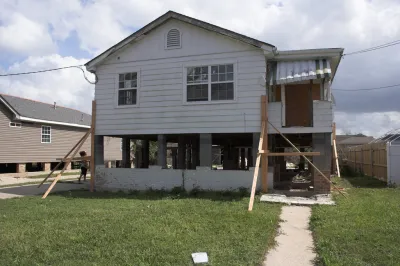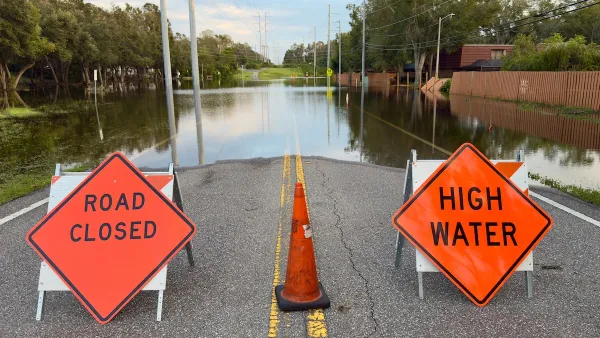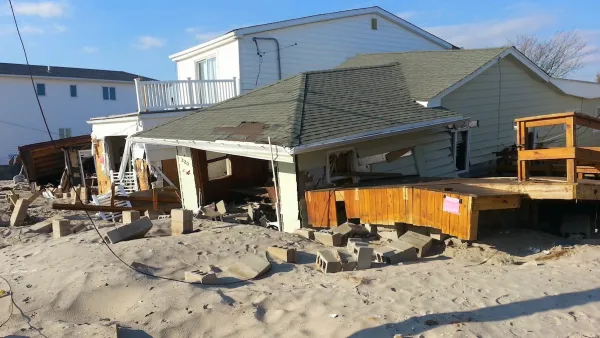Housing market pressures, flood insurance costs, changing FEMA maps, and improved methods of flood control are giving victims of flood damage in Louisiana mixed signals on how high they should rebuild their homes.

As Baton Rouge dries out from its record flooding, homeowners will have a tough choice to make as they seek to rebuild. How high will they need to elevate their homes to avoid future flooding that is becoming more commonplace? David Mitchell of The Advocate reports that a variety of changes in flood insurance requirements, flood maps, and improvements in flood control are giving homeowners less incentive to raise the height of their homes, as was seen across the city of New Orleans following Hurricane Katrina.
Area leaders around Baton Rouge already have an eye on easing the path to return. Baton Rouge and Ascension officials in recent weeks moved to loosen parish rules that had been tighter than FEMA minimum standards, set that way years ago to reap the benefit of lower flood insurance rates.
They have already eliminated requirements that homeowners build to the “record inundation,” an as yet unknown height that local officials feared could be even higher and more expensive than that required for base flood elevations.
Just last week the Metro Council in East Baton Rouge also shifted elevation requirements to the FEMA minimum by eliminating a city-parish rule that would have required some flooded properties in locations not deemed to be at highest risk to elevate. The change spares 32,000 flooded homes -- an estimated half of those that flooded in the parish -- from a possible elevation requirement.
The cost for homeowners to elevate their homes to the base flood elevation has proven costly—forcing homeowners to tear down their existing, damaged homes and just rebuild rather than elevate the existing structures. In New Orleans, a program to provide grants to homeowners to help elevate their homes has largely been sidelined, in favor of a more comprehensive response to contain and prevent future flooding.
FULL STORY: After Katrina, house elevations in New Orleans depended on timing, funding, mindset

National Parks Layoffs Will Cause Communities to Lose Billions
Thousands of essential park workers were laid off this week, just before the busy spring break season.

Retro-silient?: America’s First “Eco-burb,” The Woodlands Turns 50
A master-planned community north of Houston offers lessons on green infrastructure and resilient design, but falls short of its founder’s lofty affordability and walkability goals.

Delivering for America Plan Will Downgrade Mail Service in at Least 49.5 Percent of Zip Codes
Republican and Democrat lawmakers criticize the plan for its disproportionate negative impact on rural communities.

Test News Post 1
This is a summary

Test News Headline 46
Test for the image on the front page.

Balancing Bombs and Butterflies: How the National Guard Protects a Rare Species
The National Guard at Fort Indiantown Gap uses GIS technology and land management strategies to balance military training with conservation efforts, ensuring the survival of the rare eastern regal fritillary butterfly.
Urban Design for Planners 1: Software Tools
This six-course series explores essential urban design concepts using open source software and equips planners with the tools they need to participate fully in the urban design process.
Planning for Universal Design
Learn the tools for implementing Universal Design in planning regulations.
EMC Planning Group, Inc.
Planetizen
Planetizen
Mpact (formerly Rail~Volution)
Great Falls Development Authority, Inc.
HUDs Office of Policy Development and Research
NYU Wagner Graduate School of Public Service





























